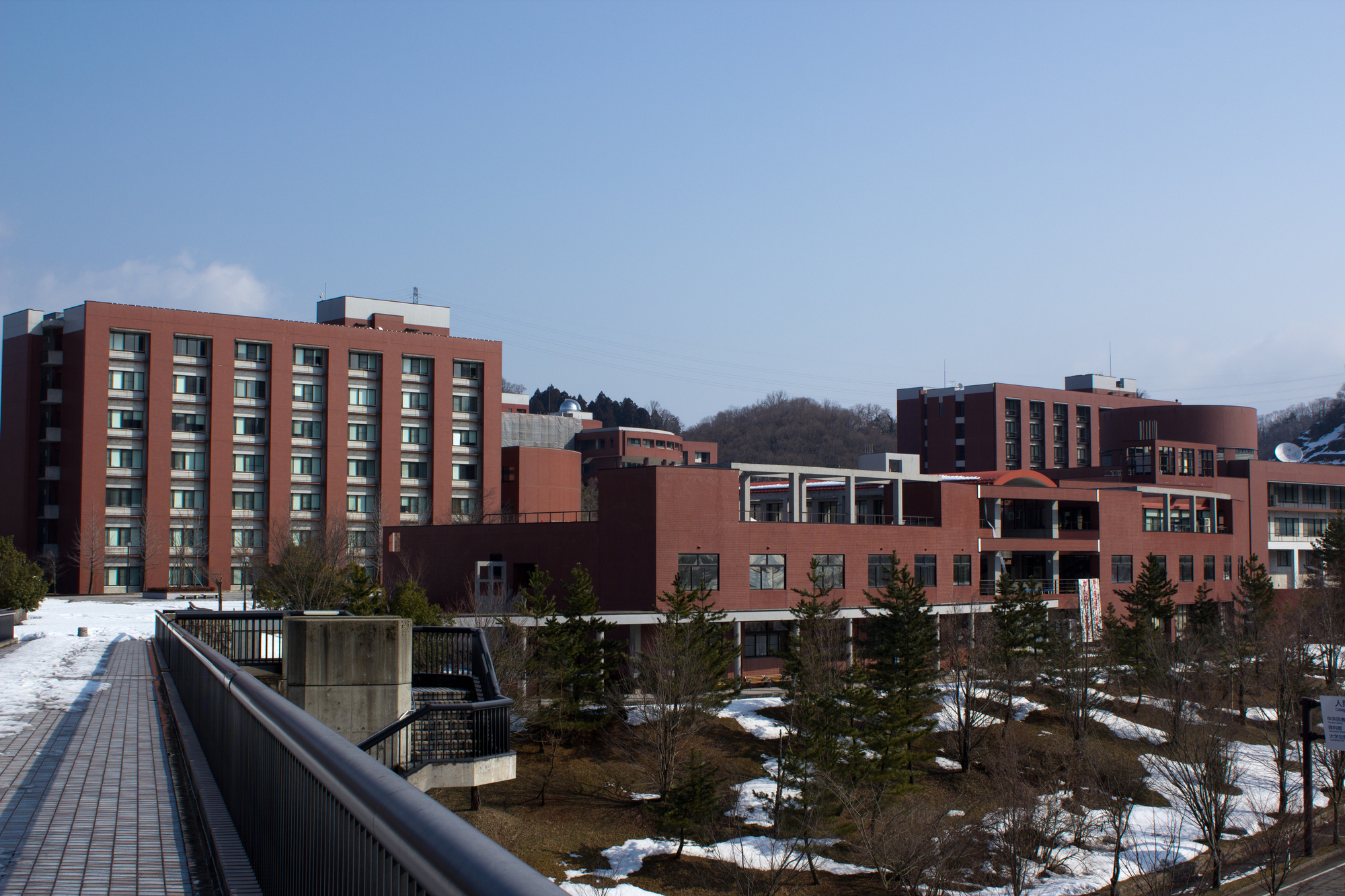A collaborative research group consisting of Professor Yoshio Mitsube, Professor Mitsuru Kikuchi, and Hamamatsu University School of Medicine at the Kanazawa University Center for the Development of Children's Hearts is using technology that applies a weak direct current to the surface of the back of the head of a person. It was shown for the first time in the world that it is possible to improve the image manipulation ability of.
The ability to manipulate the image of the body is the ability to imagine the movement of the body in the brain.If this ability can be activated, it will be possible to promote motor learning through rehabilitation and the like.
The method used in the study was transcranial direct current stimulation.It changes the activity of the cranial nerves by passing a direct current for about 10 to 20 minutes.The current that flows is about 1 to 2 milliamperes, which is so weak that the person himself hardly notices it.This technology, which is expected to be applied to the treatment of rehabilitation and depression, has been actively researched all over the world in recent years.
However, sufficient conclusions have not been reached so far as to which part of the brain should be activated to improve the body's ability to manipulate images.
Therefore, the research group first visualized the amount of brain activity by a measurement method called positron emission tomography (PET).As a result of examining the part of the brain that spatially processes the visual image of the body, it became clear that the part called the lateral occipital temporal cortex in the occipital region plays an important role.
Next, when a current stimulation experiment was performed on the lateral occipital temporal cortex, the correct answer rate increased by 6.7% in the body image manipulation test.That is, it was confirmed that by stimulating the back of the head, the ability to imagine the movement of the body in the brain is improved.
The research group pointed out that improving the body's ability to manipulate images affects cognitive function.It is expected to be applied to people who need rehabilitation for early recovery.
Paper information:[Frontiers in Human Neuroscience] The Lateral Occipito-temporal Cortex Is Involved in the Mental Manipulation of Body Part Imagery (English)


